
One of the more cutting sequences of satire from 2013 was a fake movie trailer from Don Jon, which featured a pair of notable Hollywood beautiful people mocking the kind of romantic comedies both had their share of experience in. Filled with the sort of exaggerated gestures and overwrought drama one expects from the genre, the parody was filleting an easy target. We all acknowledge the vapidity and shallowness inherent to what usually passes for a romcom these days, because we’ve accepted that as par for the course. At least they can’t get any worse, right? Not quite, as Words and Pictures proves that the only thing worse than an empty romantic comedy is a self-important one.
Clive Owen stars as Jack Marcus, an author, poet, and endlessly verbose honors literature teacher at a Pennsylvania prep school. Once a shining star of the town’s small, but incredibly well organized artistic community, Jack has gone to seed after too many years of pouring himself out into a tumbler of vodka instead of onto the page. It’s plenty clear how hard he’s hit creative rock bottom after we see him despondently delete a copy of his most recent work – not because we get to read the writing, mind you, but because the document itself is called “Poetry.” Truly, this man’s been tapped for all the creative juices he once had, but dammit if he doesn’t love his students, and they him, as evidenced by a rousing cheer of “we love you Mr. Marcus!” from the kids at recess.
Who better then to unclog his writer’s block than the school’s new hire, Dina Delsanto (Juliette Binoche), a frigid but feisty art teacher who also happens to be a former giant in her respective field. Debilitated by rheumatoid arthritis, Dina struggles physically to create each new painting, but the bigger problem is the missing passion in her life that inspired her best work. Having no use for words, she makes her dislike for Jack’s over-the-top extroversion apparent immediately. More than happy to lob words at her until the wall of isolation starts to crack, Jack premises his courtship of Dina on a contest to determine whose chosen form of expression is superior. Will love bloom on the cultural battlefield? Of course.
Admittedly, that’s layering the setup with a few too many coats of snark, as there’s nothing inherently wrong with an odd couple romance this familiar. In fact, had Words and Pictures chosen to keep things focused on the usual tropes and expectations, it would have been safely unremarkable. Instead, it charges headfirst into a tar pit of obnoxious pomposity that swallows the film’s words, pictures, frames, music and acting whole. Only in this regard does the film come close to providing the kind of universal connection through art that it so badly wants to create.

In an unexpected turn, 2014 has been chockablock with fantastic summer blockbusters, while among its more embarrassing whiffs have been two efforts to pay tribute to the highest of art. At least George Clooney’s The Monuments Men showed such genuine reverence for great art that it had the decency to shut up about it when at a loss for something worth saying; Words and Pictures prefers to approach the subject with the bluster of a garrulous aesthete, having Jack spend every non-slurred word evangelizing the power of the written word, all from atop not a soap box, but a stack of DVDs for Dead Poets Society.
Webster is probably owed a script credit, as roughly a third of Jack’s dialogue has him pedantically reciting definitions and etymology, another third being owed to all the poets and authors quoted by screenwriter Gerald Di Pego whenever he’s at a loss for words of his own. The remainder belongs to the film’s rote romance, and alien vision of the American education system. The poor young actors playing the film’s students are either forced to trot out mawkish inanities about what art means to them, or stare with enraptured awe as Mr. Marcus pillories the youth of today, with their damn tablets and Twitter.
The picture side of the equation fairs no better, as director Fred Schepisi shoots the film with all the dynamism of a tripod camera recording a Bar Mitzvah, the occasional slow zoom-in being the only real break from a barrage of static talking heads. Owen and Binoche seem at least partially aware of the actual movie being made here, and their scenes together provide Words and Pictures the rare occasion to peek its head out of its ass. Even one of Dali’s melting clocks would be right twice a day, so the occasional bit of insight does slip in as the two leads trade old chestnuts on the whys and drives of creativity. Who knew that having characters discuss art, rather than lecture about it from on high to a culturally-starved audience, would make for an engaging time?
When it’s not trying to light in you the kind of passion for the arts that the film itself purports to have, the story marches from one cliché beat to the next, always keeping one toe back in melodramatic reality to save the whole affair from turning into outright parody. Words and Pictures is too earnest to mock its characters, or their ego, so the world is not a worse place for having the film in it. But as one of the running gags sees the leads spend scene after scene listing off five-syllable words, only one example usually comes to mind when watching Words and Pictures: insufferable.


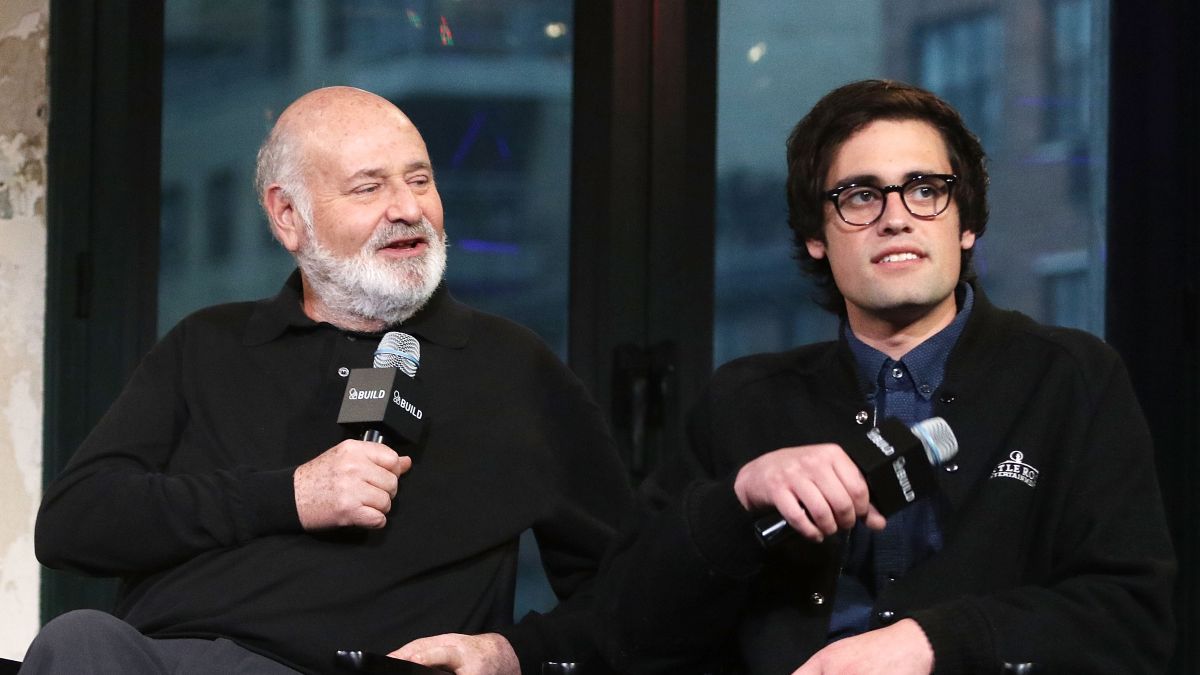
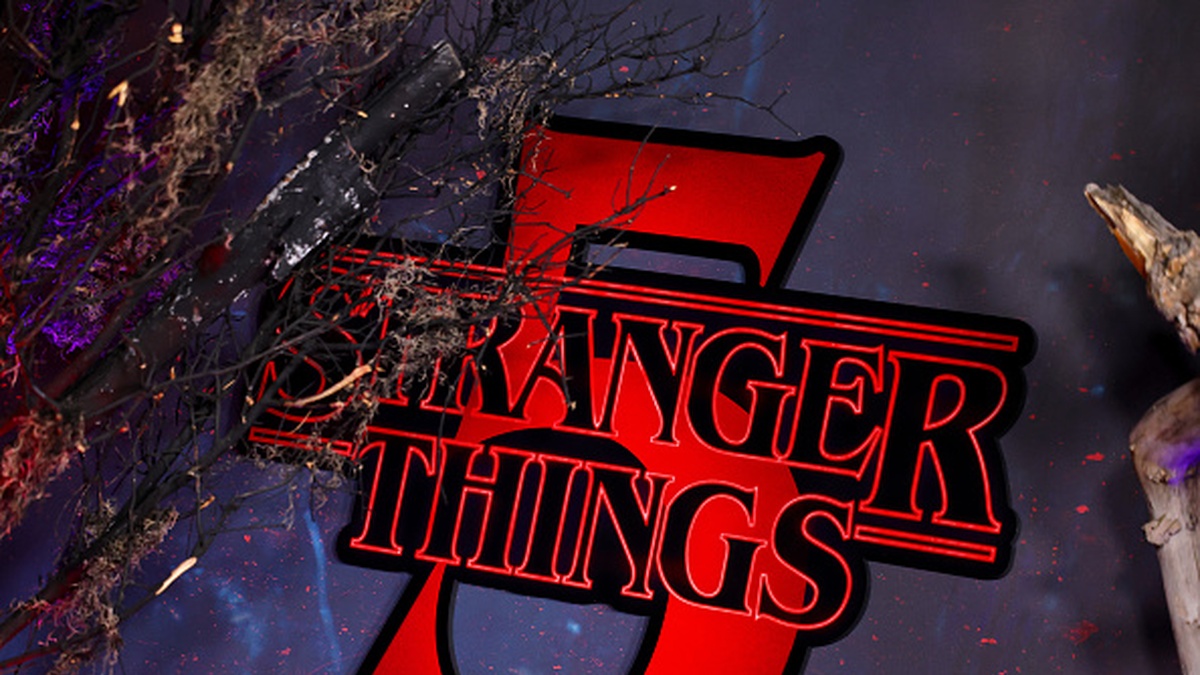

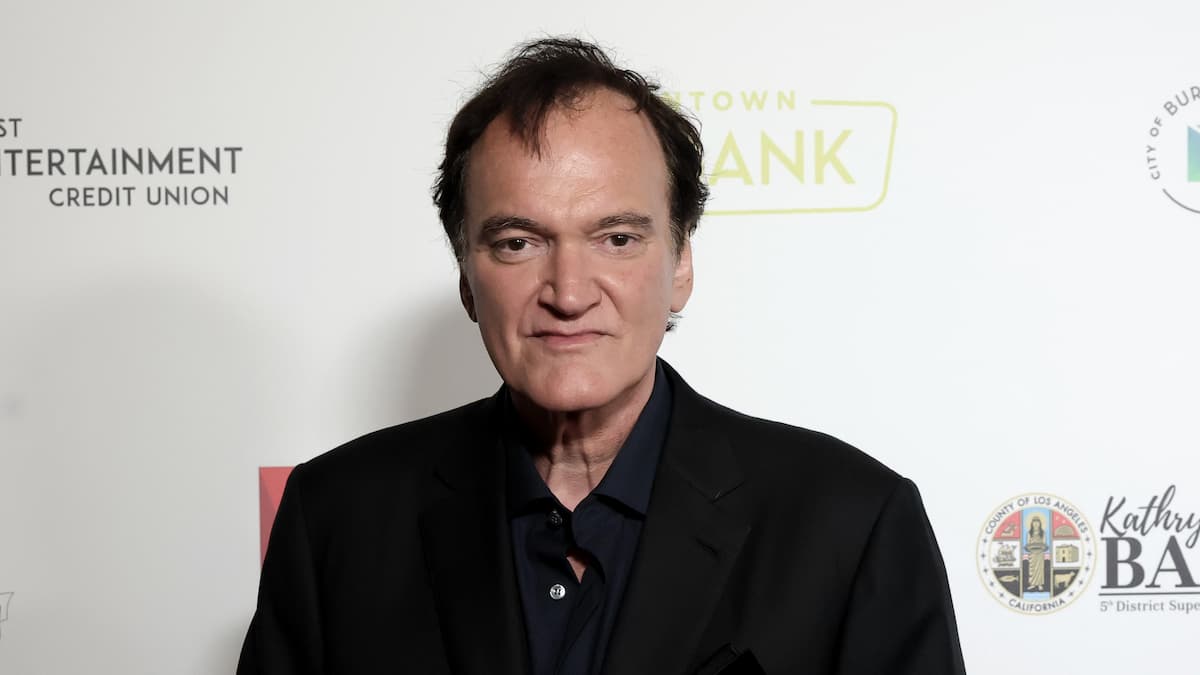
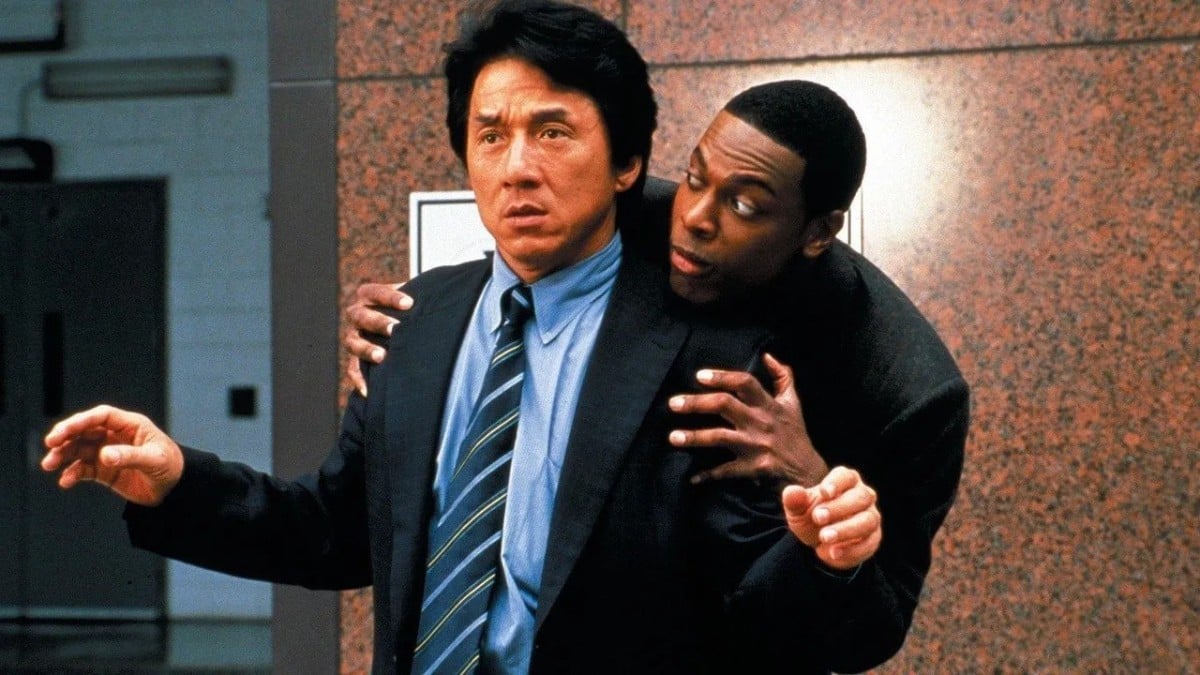
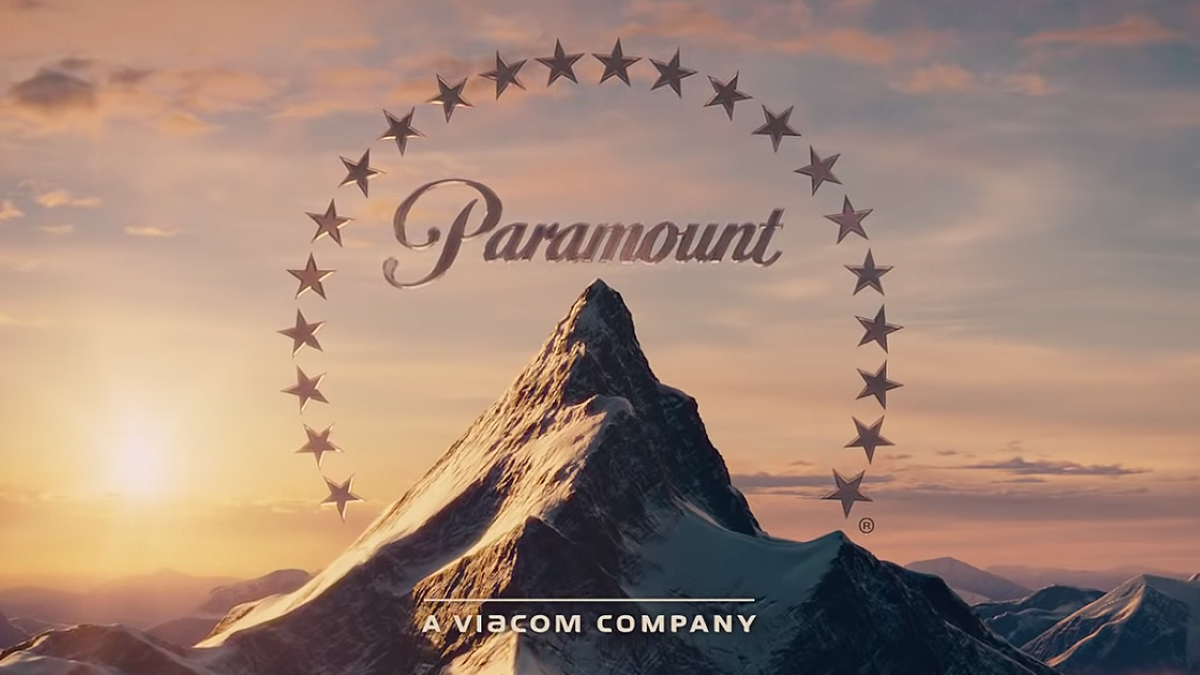
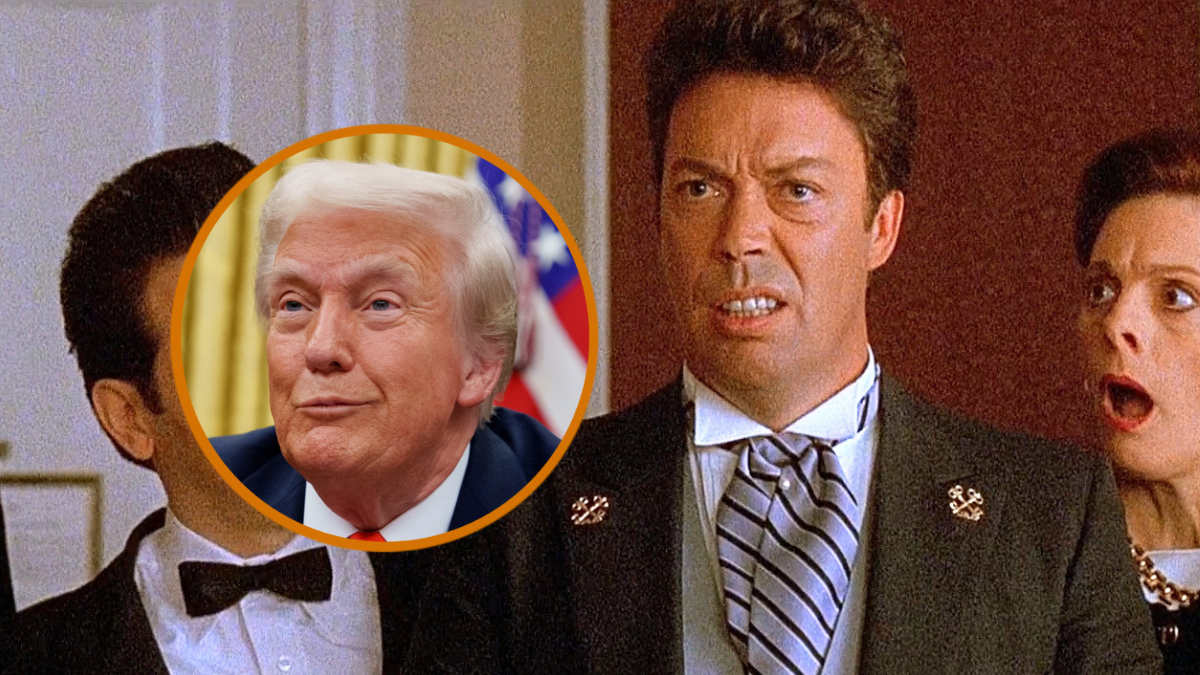
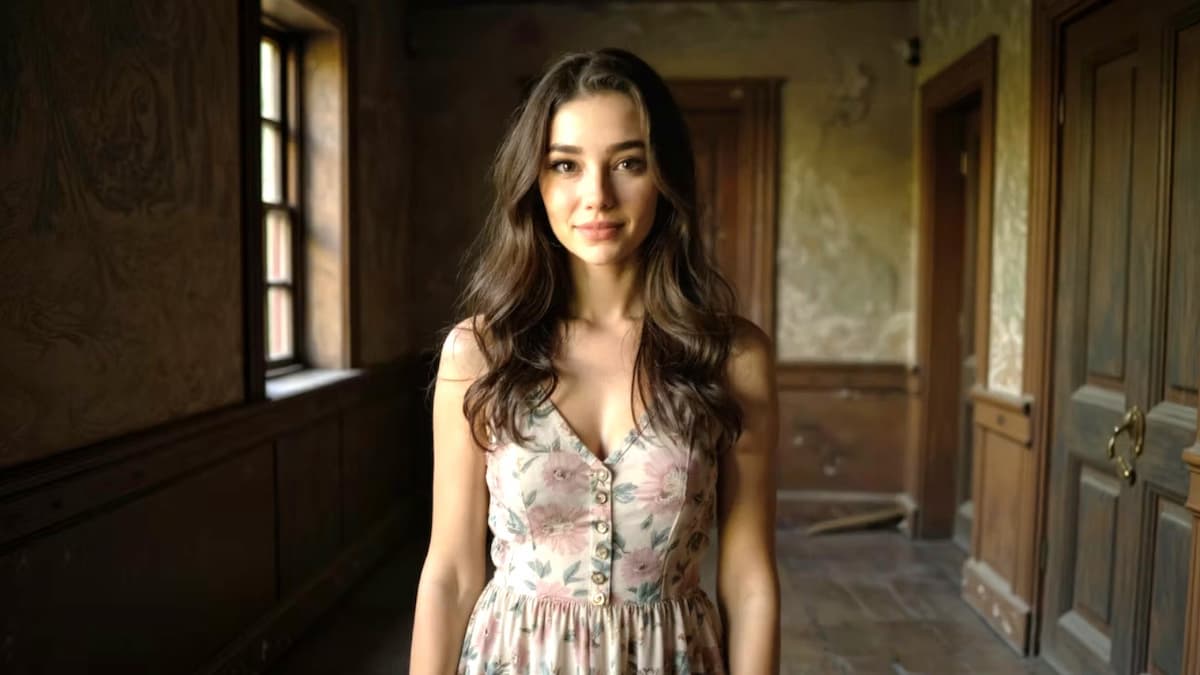
Published: Jun 18, 2014 10:12 pm